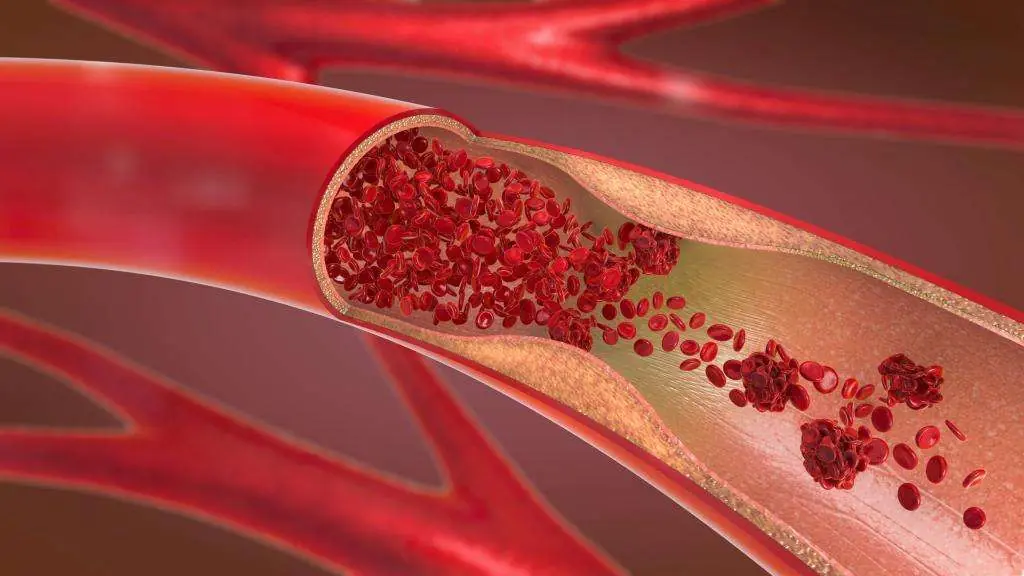
Red Spots on Skin: 13 Common Causes
Red Spots on the Skin: 13 Possible Causes and When to Worry
Red spots on the skin can appear for many reasons—some harmless, others more serious. They may be triggered by irritants, infections, underlying health conditions, or even heat. For instance, contact dermatitis arises from exposure to allergens or irritants, while ringworm is caused by fungal infection. Autoimmune diseases and blood vessel issues can also lead to rashes or discoloration. While some red spots go away on their own, others may require medical evaluation or treatment.
In this guide, you'll discover 13 common causes of red spots, understand how they appear across different skin tones, and learn when it's time to see a doctor.
Note on Skin Tone Differences:
The appearance of skin spots can vary depending on your skin tone. For example, acne may show up as red on fair skin but appear as dark brown or purple on darker skin. These differences can sometimes delay diagnosis, making awareness even more important.
1. Heat Rash (Miliaria)
Also known as prickly heat, heat rash occurs when sweat gets trapped under the skin due to blocked sweat glands. This results in tiny, red, itchy, and sometimes painful bumps—especially in areas prone to sweating like the armpits, chest, back, groin, and under the breasts.
Causes:
-
Hot, humid weather
-
Prolonged bed rest
-
Excessive sweating
-
Tight or non-breathable clothing
Treatment:
Cool baths, cold compresses, loose clothing, and avoiding heavy creams can help. The rash often resolves within a few days. If the bumps become infected—indicated by pus, peeling, or a whitish film—antibiotics may be needed.
Seek care if symptoms worsen or infection signs appear.
2. Cherry Angiomas
These small, bright red or purple dots are actually clusters of blood vessels, often seen on the torso of adults over 30. Though they may bleed if scratched or grow over time, they are non-cancerous.
Diagnosis & Treatment:
-
Diagnosed via a visual exam
-
No treatment needed unless for cosmetic reasons
-
Removal options: laser therapy, cryotherapy (liquid nitrogen)
3. Contact Dermatitis
This itchy red rash is a skin reaction to irritants (like soaps or cleaning agents) or allergens (like nickel or poison ivy).
Types:
-
Irritant Contact Dermatitis: Caused by damage to the skin barrier
-
Allergic Contact Dermatitis: Triggered by an immune response
Treatment:
-
Avoid the trigger
-
Use OTC hydrocortisone or prescription creams
-
Antihistamines for severe itching
-
Patch testing may be needed to identify the allergen
4. Ringworm (Tinea Corporis)
Despite its name, ringworm is a fungal infection—not a worm. It creates a red, scaly ring-like rash, often on arms and legs.
Highly contagious, it spreads through:
-
Skin-to-skin contact
-
Shared clothing or surfaces
-
Contact with infected pets
Treatment:
Topical antifungals like clotrimazole or terbinafine are usually effective. Severe cases may require oral antifungals.
5. Atopic Dermatitis (Eczema)
A chronic inflammatory condition, eczema causes red, itchy, and flaky patches. It commonly affects children but can persist or start in adulthood.
Triggers include:
-
Dry skin
-
Harsh soaps
-
Stress
-
Allergens
Treatment:
-
Moisturizers
-
Topical corticosteroids
-
Antihistamines
-
Avoiding long hot showers
6. Drug Rash (Allergic Reaction to Medications)
Certain medications may cause allergic skin reactions that show up as red rashes, hives, or blisters.
Common culprits:
-
Antibiotics
-
NSAIDs (e.g., ibuprofen)
-
Anticonvulsants
Symptoms range from mild to life-threatening (e.g., anaphylaxis).
Treatment:
-
Stop the medication (only under guidance)
-
Steroids or antihistamines
-
Emergency care for severe symptoms like swelling or difficulty breathing
7. Pityriasis Rosea
This benign rash mainly affects teens and young adults. It begins with a “herald patch”—a large, round red spot—followed by smaller scaly spots on the torso.
Possible symptoms:
-
Headache
-
Fatigue
-
Sore throat
Treatment:
-
Usually resolves within 6–8 weeks
-
Steroids, antihistamines, or antiviral meds may ease symptoms
8. Purpura (Blood Spots)
These red or purple spots result from bleeding under the skin due to broken capillaries. They may look alarming but aren’t always dangerous.
Possible causes:
-
Blood clotting disorders
-
Medications like blood thinners
-
Vitamin C deficiency
-
Autoimmune conditions
Diagnosis:
Blood tests, platelet count, and physical exam. Severe cases may need steroids or IV treatments.
9. Swimmer’s Itch (Cercarial Dermatitis)
After swimming in parasite-contaminated water, you might develop a rash caused by schistosome larvae. It’s not contagious and typically resolves on its own.
Symptoms:
-
Itchy red spots
-
Rash within 24 hours of exposure
Treatment:
-
Topical corticosteroids
-
Oral antihistamines
-
Antibiotics if a secondary infection develops
10. Psoriasis
An autoimmune skin disorder that causes thick, scaly, red plaques—often on the scalp, elbows, and knees.
Triggers:
-
Stress
-
Infections
-
Certain medications
-
Skin injury
Treatment:
-
Topical corticosteroids
-
Phototherapy
-
Immune-suppressing drugs
Home care: Moisturizers, cool baths, and oatmeal soaks can soothe the skin.
11. Lichen Planus
This condition causes flat-topped, purple-red bumps that are intensely itchy. It may also affect the mouth, scalp, genitals, or nails.
Causes:
-
Unknown, though possibly autoimmune
-
More common in middle-aged adults
-
Non-contagious
Treatment:
-
Topical steroids
-
Oral antihistamines
-
Retinoids
12. Petechiae
Tiny pinpoint red or purple dots, petechiae result from minor bleeding under the skin. Unlike a rash, they don’t blanch (turn white) when pressed.
Causes:
-
Infections (viral, bacterial)
-
Allergies
-
Trauma
-
Blood clotting disorders
Serious symptoms: If petechiae are accompanied by fever or spread rapidly, seek emergency care, as they may indicate a serious infection like meningitis or sepsis.
13. Acne (Acne Vulgaris)
Clogged pores lead to red pimples, blackheads, or cysts, often on the face, chest, and back.
Treatment options:
-
OTC cleansers and topical treatments
-
Prescription antibiotics or retinoids
-
Hormonal therapy (for women)
-
Chemical peels or laser therapy for severe cases
When to See a Doctor
Red spots can range from mild to life-threatening. Seek immediate medical attention if you notice:
-
Fever, chills, or flu-like symptoms
-
Sudden swelling or blistering
-
Pus or foul-smelling discharge
-
Difficulty breathing
-
Pain that worsens over time
Early diagnosis and treatment can prevent complications, especially for rashes linked to infections, allergies, or autoimmune conditions.
News in the same category

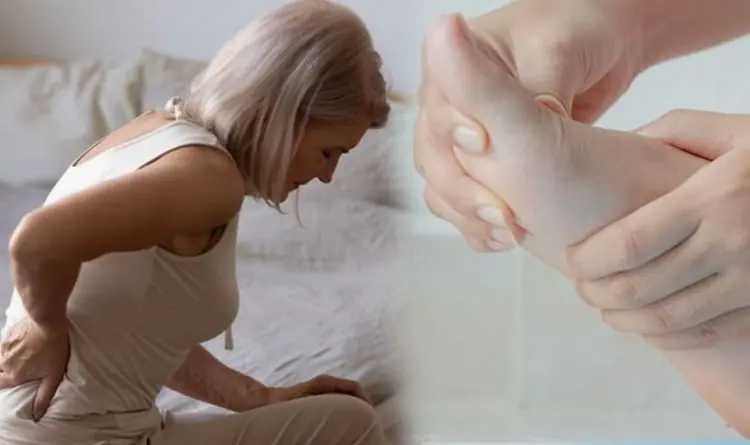
5 Deficiencies Almost Everyone Has (And Doesn’t Know About)

Scientifically Proven Health Benefits of Cayenne Pepper

7 Thing That Happen To Your Body When You Stop Having Intimacy Moments
Taking a break from intimacy doesn’t mean something is wrong. In fact, it can be a time for growth, healing, and self-discovery.
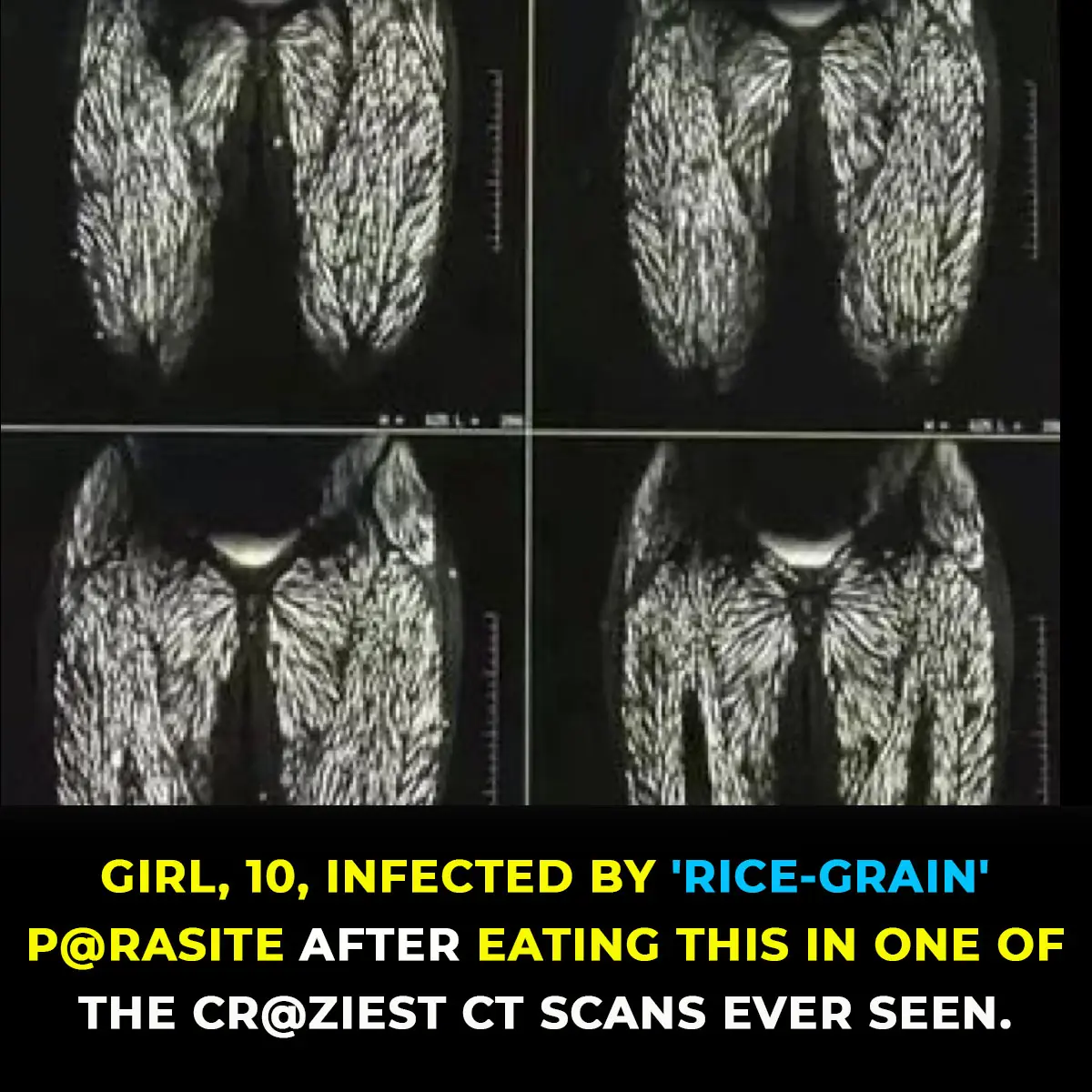
P@rasite Found In Br@in Of 10-Year-Old Girl After Eating Undercooked Meat Leaves Experts Horrified

5 Common Foods That Turn Toxic If Left Overnight

The Hidden Meaning Behind Leg-crossing — It’s More Than Just Comfort
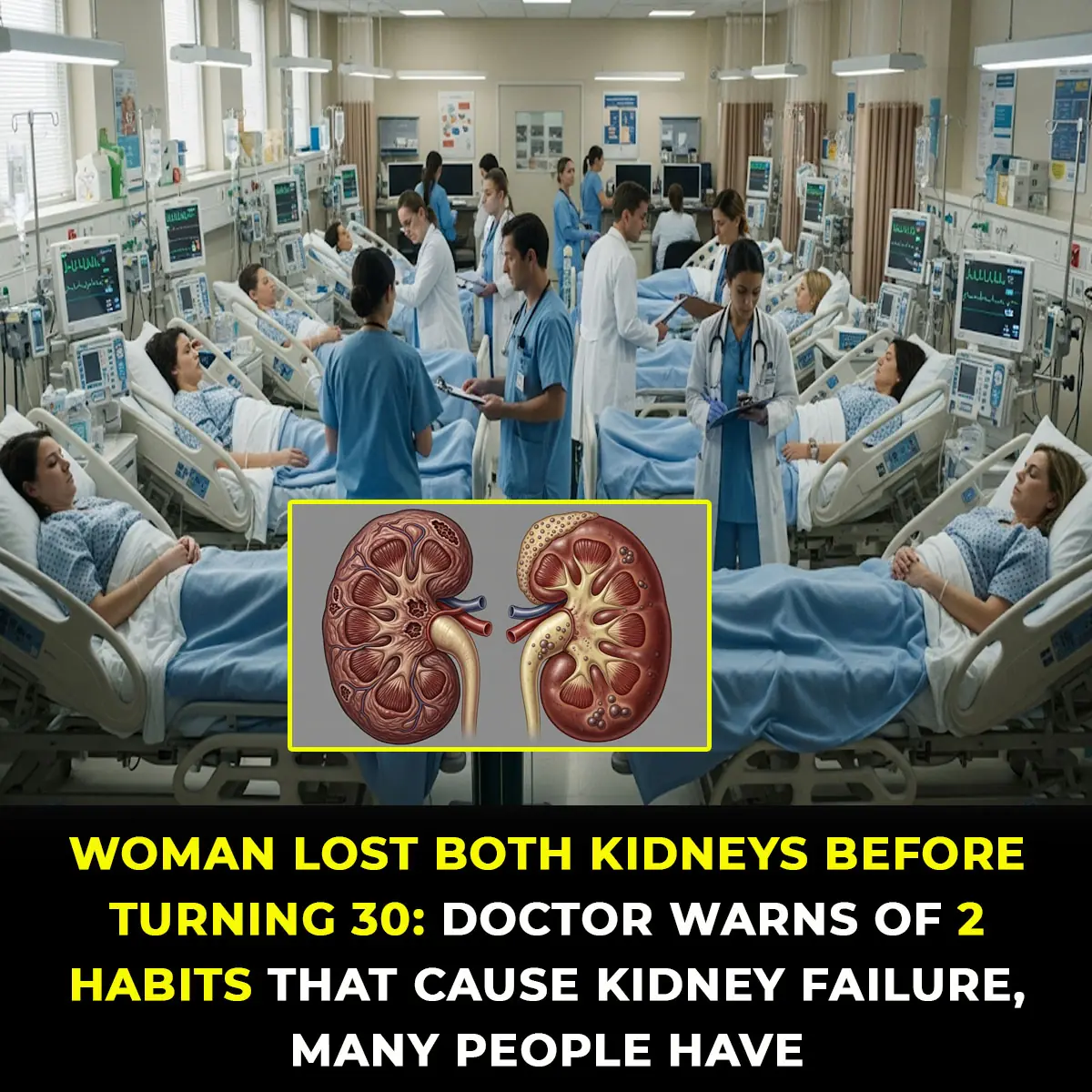
HealthWhy Kidney Failure Is Striking The Young—And How To Stop It
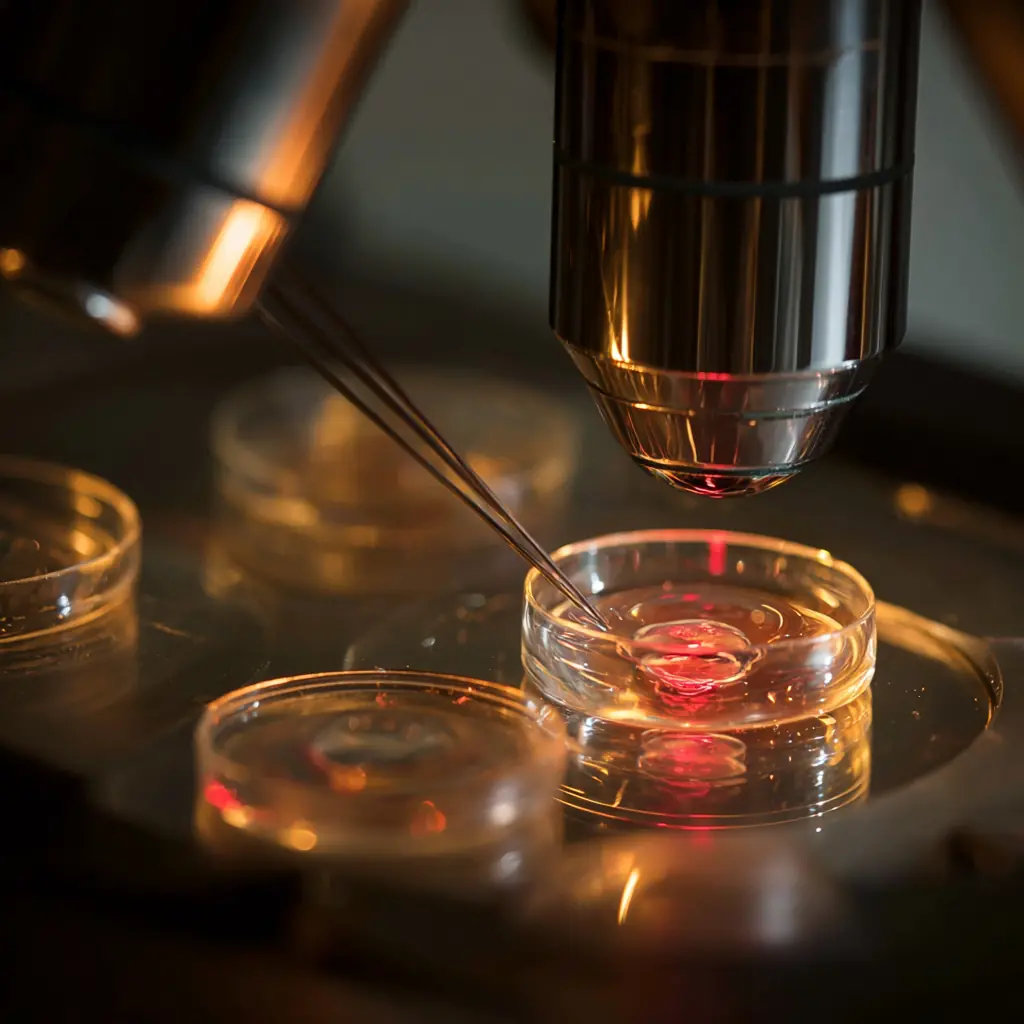
ScienceScientists Found The Hidden Factor Behind the Global Infertility Crisis, And It’s Terrifying

12 Remarkable Health Benefits of Ginger
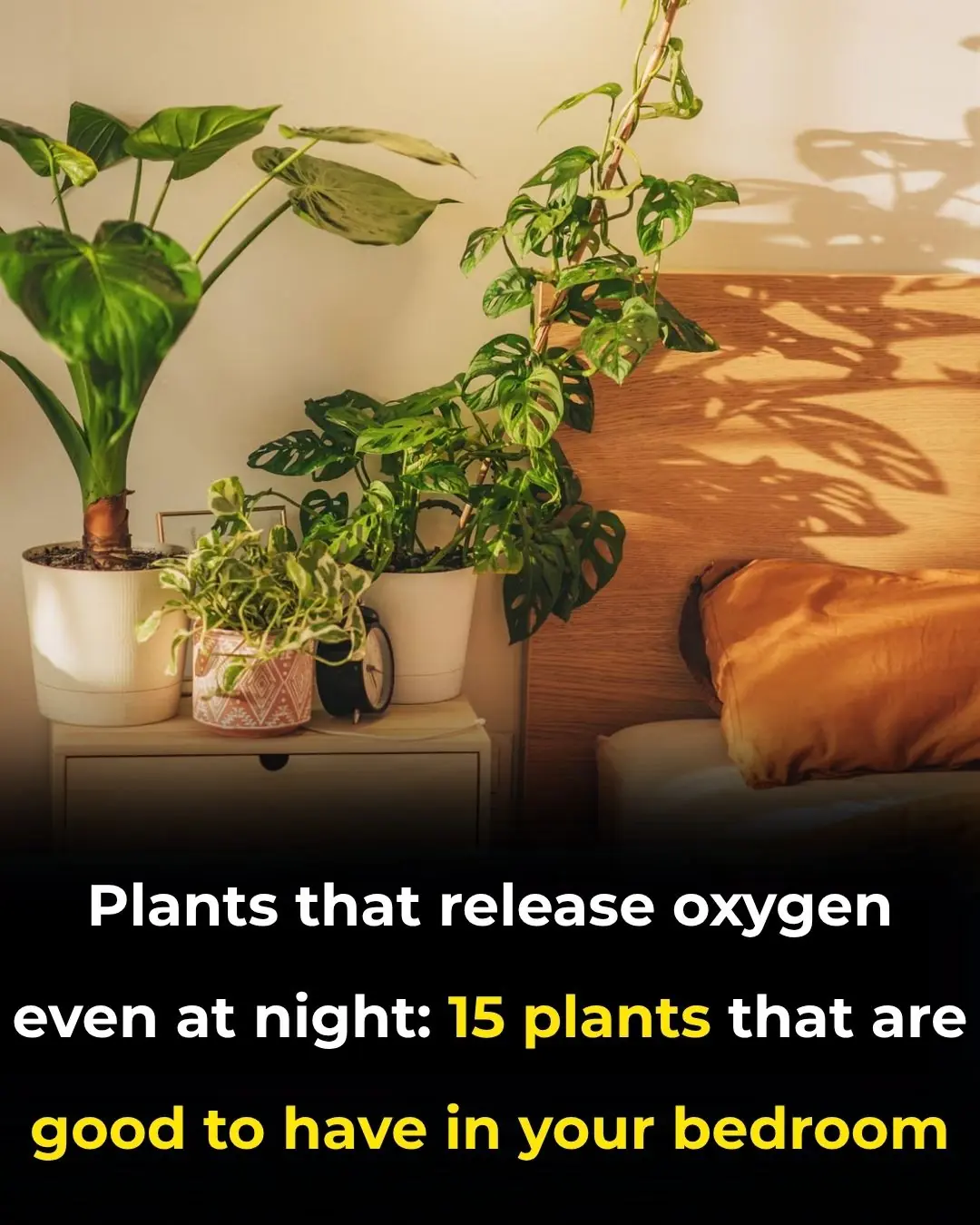
17 Best Bedroom Plants for Clean Air & Low Light – NASA Study
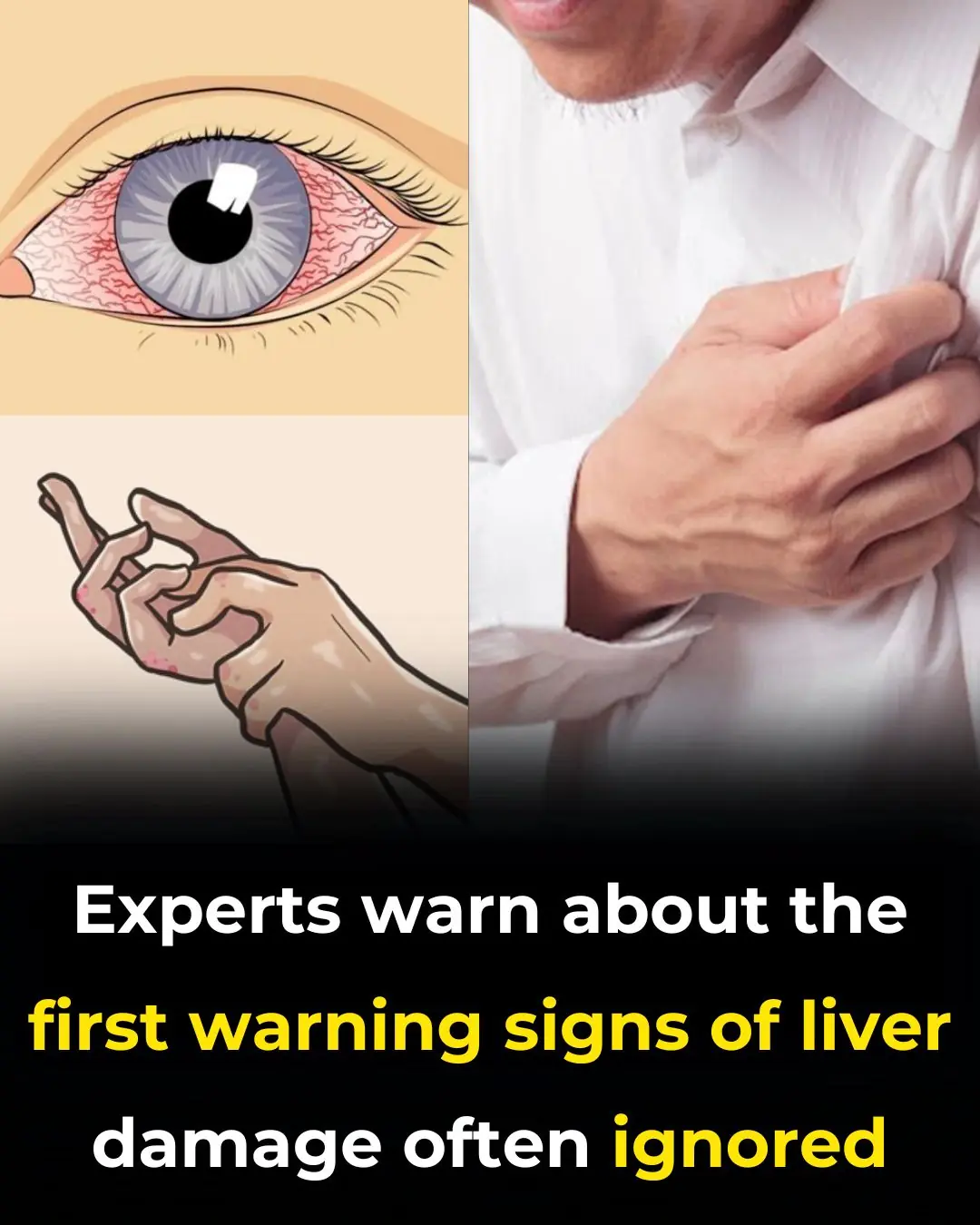
Early Signs of Liver Damage & How to Strengthen Your Liver
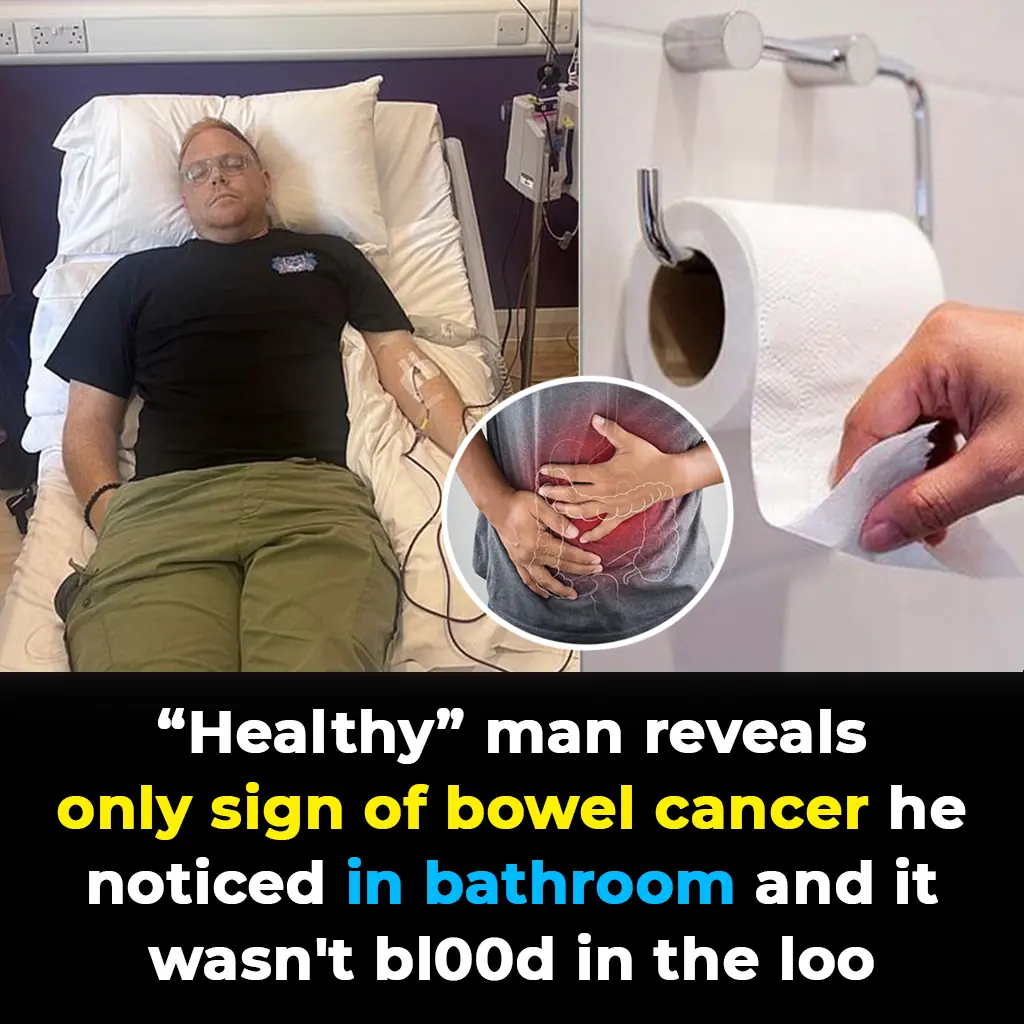
'Healthy' man reveals only sign of bowel cancer he noticed in bathroom - and it wasn't bl00d in the loo
When 38-year-old Dave Paxton noticed his stool had turned darker than usual, he had no idea this small sign would lead to a devastating cancer diagnosis—one so rare that only 22 people in the world have ever had it.
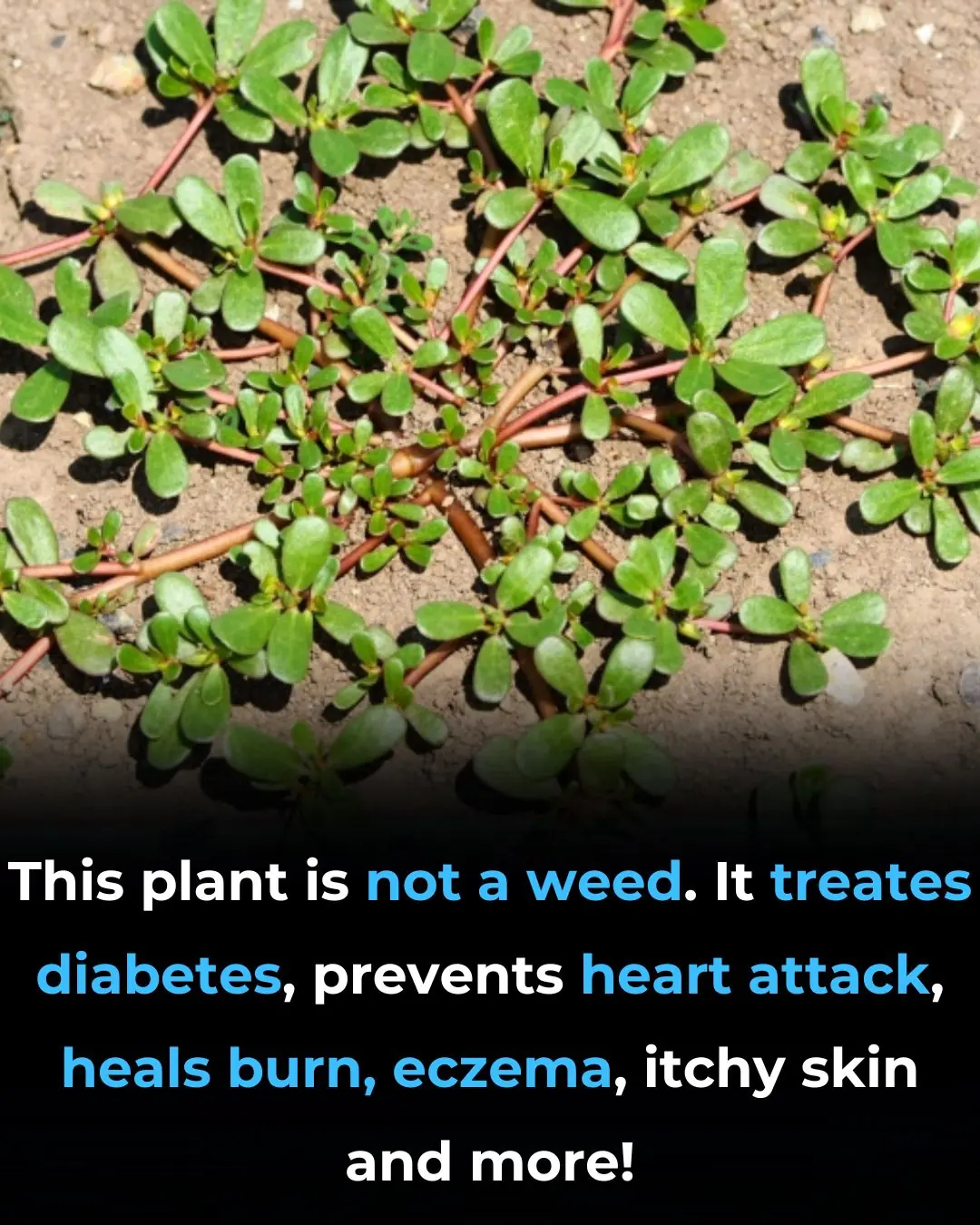
Purslane (Portulaca Oleracea): The Weed with Extraordinary Benefits (Science Based)

Consciousness Is Not Confined to the Brain, But Is Connected To The Whole Universe, Scientists Say
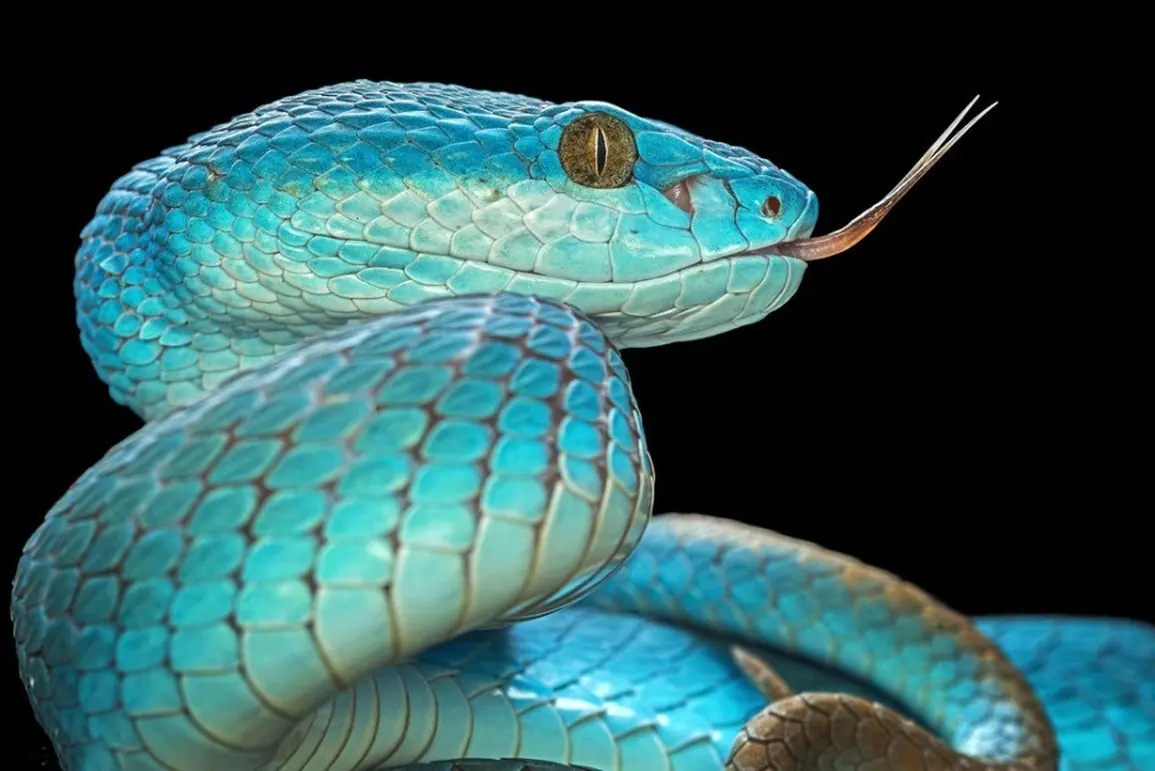
After Surviving 800 Snake Bites, This Man’s Blood Could Be the Universal Antivenom the World’s Been Waiting For

10 Warning Signs It’s Time to Cut Back on Caffeine

“Cases Are Exploding”: Living Near a Golf Course May Raise Your Risk of Parkinson’s, Study Warns
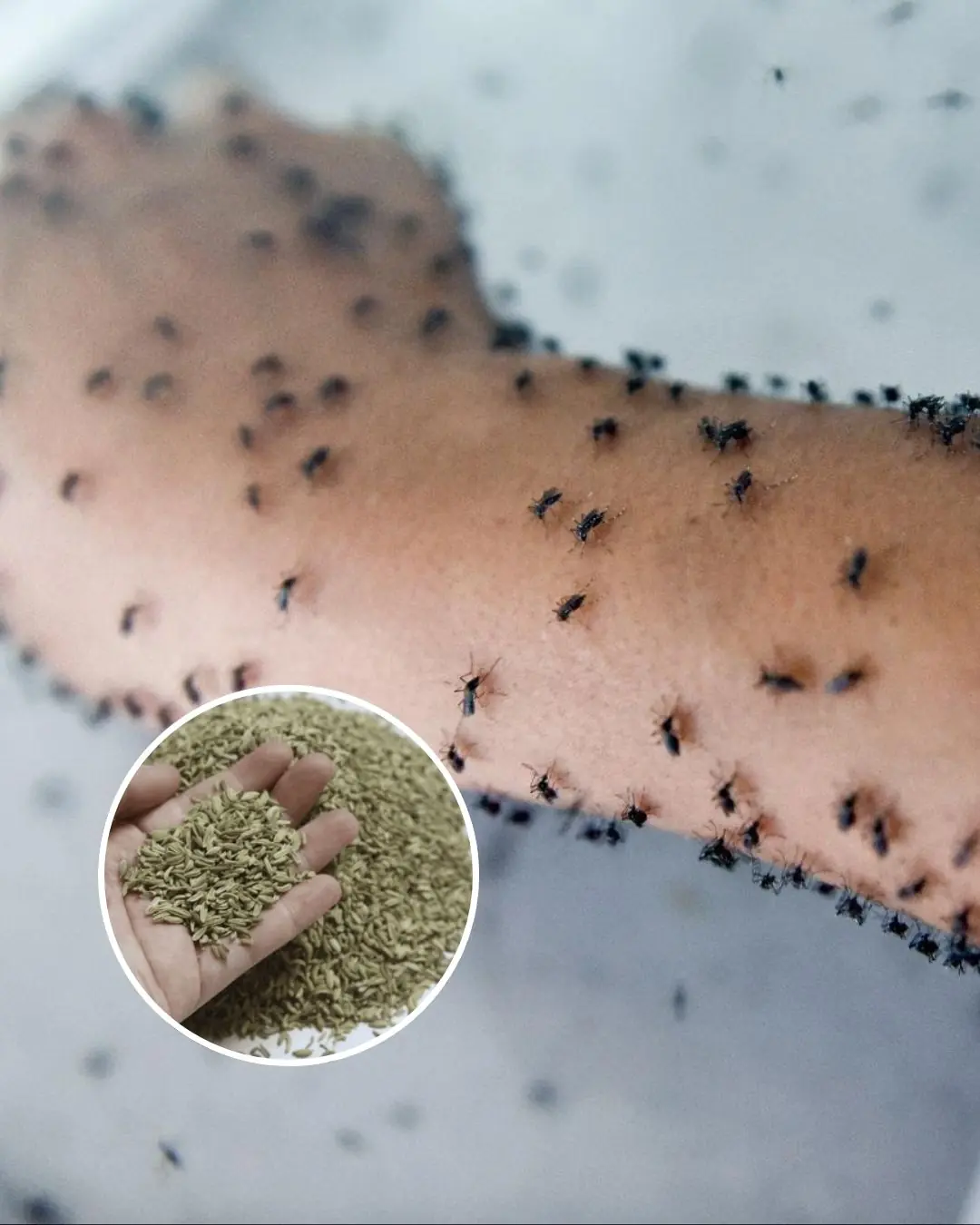
You’ll never see mosquitoes again if you do this

What to Eat to Boost Energy After 60: Key Foods for Vitality and Well-being.
News Post

How to Improve Blood Circulation Naturally (Research Based)

5 Deficiencies Almost Everyone Has (And Doesn’t Know About)

Scientifically Proven Health Benefits of Cayenne Pepper

Free download offered to PlayStation gamers as way to 'make amends'

Chaos following discovery of radioactive wasp nest at former US nuclear weapons site

Beyond the Badge: One Officer’s Journey to Becoming More Than a Uniform.

7 Thing That Happen To Your Body When You Stop Having Intimacy Moments
Taking a break from intimacy doesn’t mean something is wrong. In fact, it can be a time for growth, healing, and self-discovery.

From Suspension to a Second Chance: How One Principal Changed a Life Forever.

The Hawk on the Porch: A Quiet Cry for Help.

I Filed for Divorce After Catching My Husband Cheating – Our Son's Words in Court Left Everyone Speechless
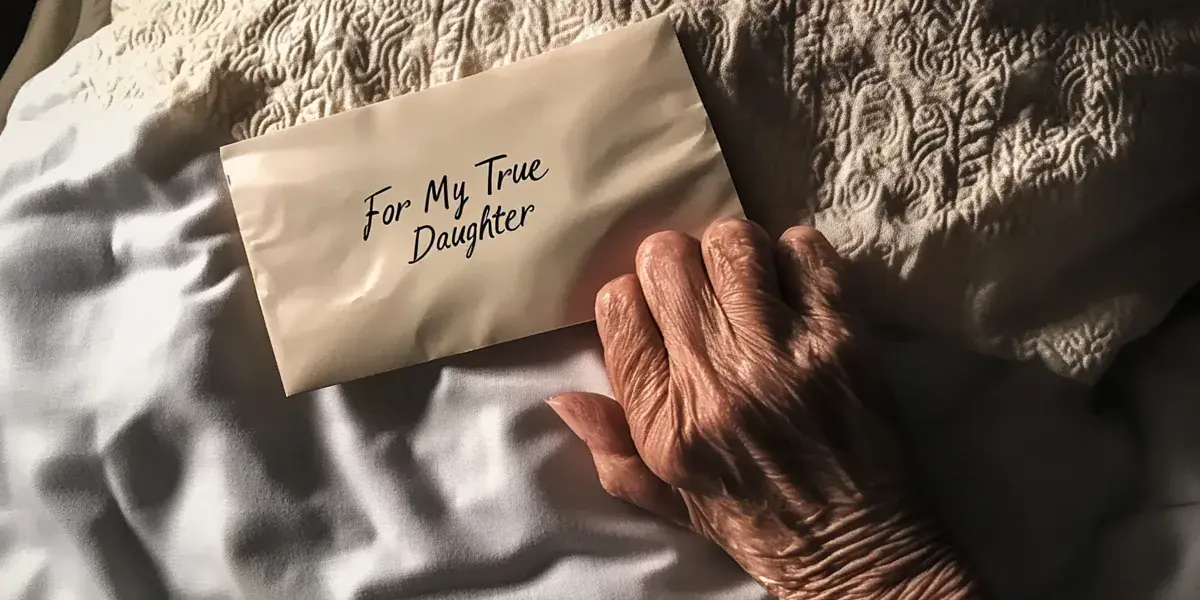
My Selfish Sister Stayed by Mom's Side When She Fell Ill, but Everything Changed after the Doctor Shared Mom's Last Words – Story of the Day

My SIL Gave Me Her Old Armoire and Made Me Pay for Moving It – Then She Came with an Outrageous Demand

The Meteor That Changed Two Lives: A Story of Unlikely Family

P@rasite Found In Br@in Of 10-Year-Old Girl After Eating Undercooked Meat Leaves Experts Horrified

Ancient Inscriptions Inside Great Pyramid Rewrite History Of Its Builders

5 Common Foods That Turn Toxic If Left Overnight

Nurse at palliative care reveals the top 5 regrets of people right before they di3d

The Hidden Meaning Behind Leg-crossing — It’s More Than Just Comfort

HealthWhy Kidney Failure Is Striking The Young—And How To Stop It
